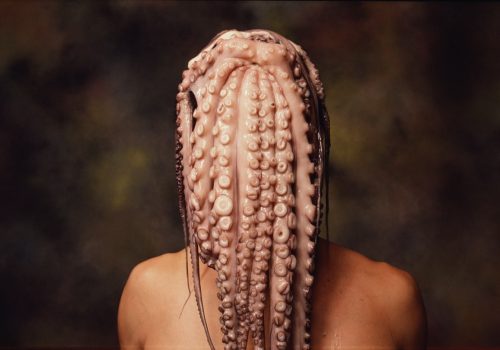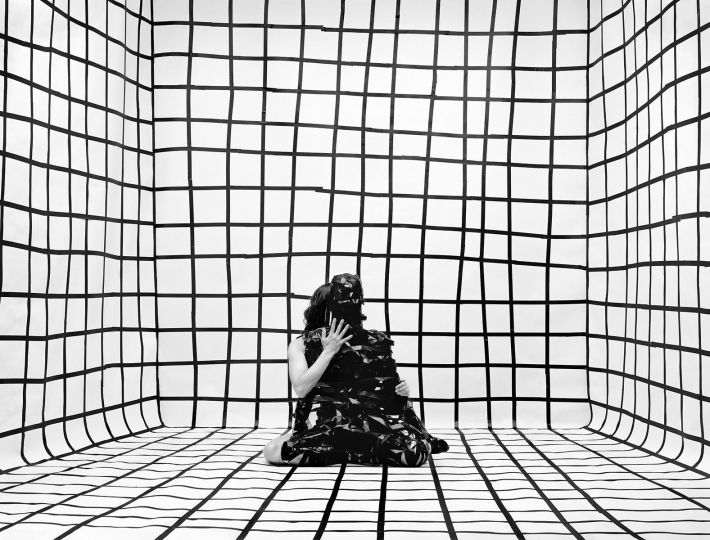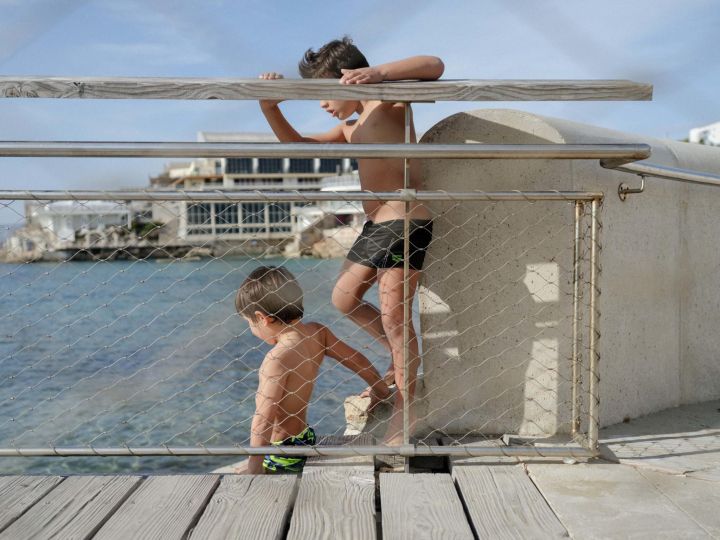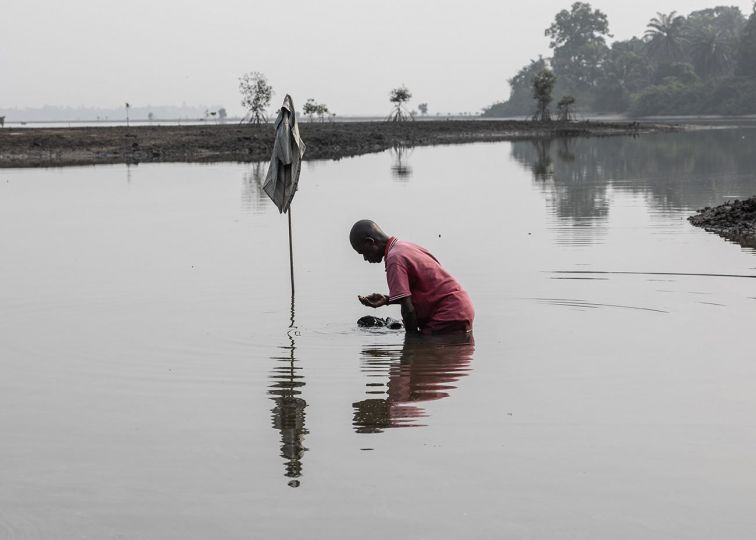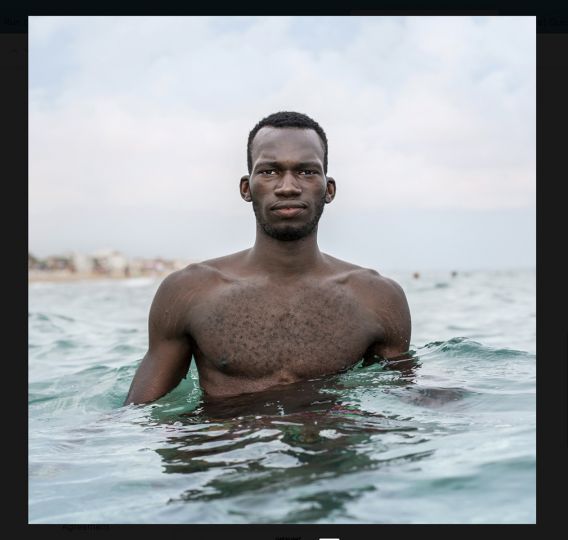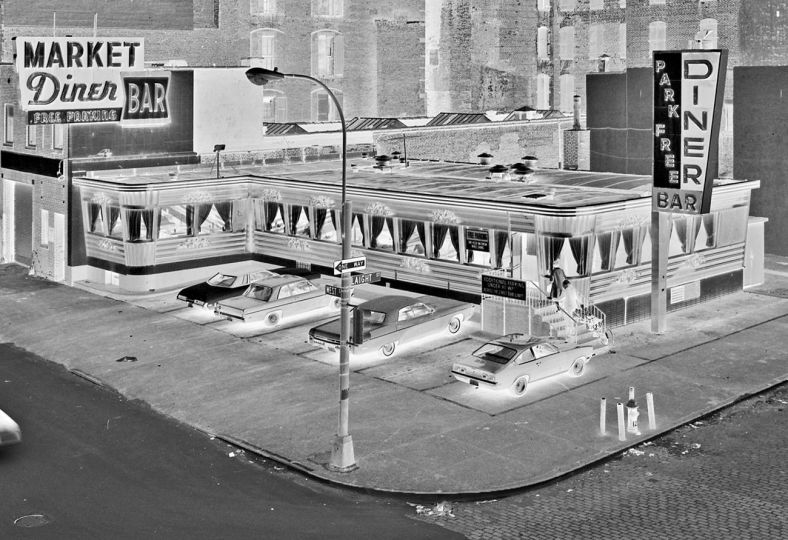For three months, the Petit-Palais in Paris is hosting the artist Andres Serrano in its permanent collections: a harmonious dialog between the art of yesteryear and the photographer’s recent work.
“If they had known they would one day be in a museum, they probably would have laughed,” says Andres Serrano in front of one of his photographs exhibited at the Petit-Palais: the portrait of a homeless man from a 1990 series the artist called Nomads. “I wanted to present the faces that we turn away from when we pass them in the street. I wanted to restore their names,” explains the artist, adding: “It’s true that this approach takes on its full meaning when these portraits go through the door of a museum and all of a sudden visitors find themselves admiring them.”
At the Petit-Palais, these portraits have a double resonance: just down the hall from one of the photographs of the homeless man is a nineteenth-century painting by Fernand Pelez. It shows a family sleeping on the ground in a seedy street, and is entitled, “sans asile,” without shelter. The subject and the title eloquently echo Serrano’s series.
A religious artist
A little further on, the Petit-Palais features one of the artist’s projects that deals with Catholic religious symbols — for example, a large white cross made with milk against a blood-red background — next to works by Gustave Doré, including his Crucifixion. “I am a religious artist,” says Andres Serrano, visibly proud to be next to a painter he’s always loved. His crucifixion diptych, which shows his wife dressed as Virgin Mary praying at the foot of a cross, of which we see only a fragment, goes hand in hand with this section of the museum. They correspond so well that it’s as if the museum collection were deliberately coordinated with the display, and Serrano’s photographs had always been there.
This is precisely the intention of the Petit-Palais, which has selected forty photographs and scattered them throughout its permanent collection. Next to a painting by Cezanne you will find a Native American holding a cowboy at knifepoint: this is a work from a series entitled The Interpretation of Dreams, which unfolds over a multitude of subtle dream scenes. Next to an eighteenth-century portrait of a gentleman is a photograph of a great Native-American chief wearing a feathered war bonnet, his cheeks covered with war paint. Here the United States, with all its mass culture, takes over the museum, creating an uncanny backdrop to the tour.
The other Christ
Another portrait by Andres Serrano, made in 2004, testifies to this US presence, but has today acquired a new connotation: it’s a photograph of Donald Trump, with his airy combover and his coxcomb narcissism. “At the time, he represented the American dream, and I photographed him along with other personalities, like Snoop Dogg, for example,” explains the artist. Right next to it, a portrait of America’s Little Yankee Miss looking up at the sky, as if in disbelief at being a passing star in the photographer’s viewfinder. These portraits of the American dream sometimes reflect Andres Serrano’s own reveries as he photographs, for example, one of his friends with black make up, or a black Christ with a white virgin. Serrano has simply called him “the other Christ,” as if he had always existed and we have simply forgotten about him. The other Christ stands for the absent half of the world, which we do not see and which the artist makes a point of showing us.
Jean-Baptiste Gauvin
Jean-Baptiste Gauvin is a journalist, writer, and stage director. He lives and works in Paris.
Andres Serrano
October 7, 2017 to January 14, 2018
Petit-Palais
Avenue Winston Churchill
75008 Paris
France
http://www.petitpalais.paris.fr/

